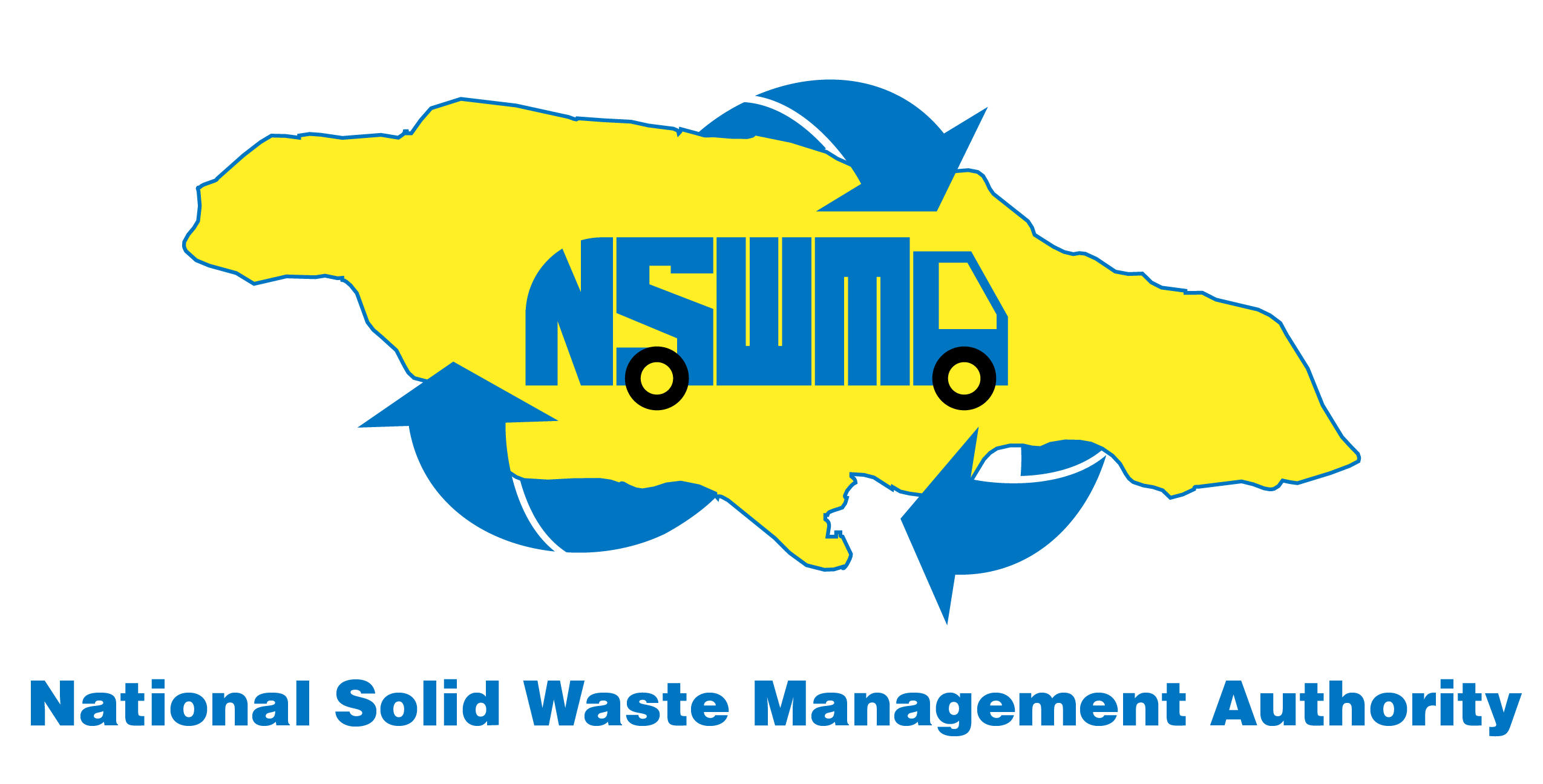Containerization and Storage
Containerization
All solid waste generated from households must be properly containerized before storage and collection. The solid waste should not be in direct contact with the interior of the storage container or receptacle. The use of garbage bags is highly recommended.
Storage
Household Storage
- The number of receptacles per dwelling unit is one (1), unless otherwise specified. The capacity of each receptacle should not be in excess of 35 gallons per dwelling unit
- The receptacle should be either metal or plastic and should not be in excess of 13.5 kg when empty.
- The receptacle should be placed at the front of the lot where it can be accessed without hindrances 24 hours per day by collection crew. Lids for the receptacles are highly recommended.
Communal Storage
- The number of receptacles varies, depending on the projected population of the proposed development
- The capacity of each receptacle should not be in excess of 6.1 cubic meters (8 cubic yards), with the following dimenions :
Length – 4 ft (1.2m)
Width – 8 ft (2.4 m)
Height- 4 ft (1.2m)
Physical Allowance
- The minimum physical allowance for communal receptacles is 4 cubic metres (5.2 cubic yards)
- The receptacle should be placed in an area where it does not hinder vehicular and pedestrian traffic or cause nuisance to residents
- The location of the receptacle should be accessed without hindrances 24 hours per day by collection crews
Public Health
- All solid waste containers and receptacles must be structurally sound so that they safeguard against injuries and pose no threat to the physical safety of users and collections crews.
- Areas allocated for communal receptacles should be at least 14.4 ft (4.5m) away from waterways such as gullies, drains, rivers, shoreline, wetlands, etc.
- Receptacles should not be places on any land used for productive purposes such as agriculture and livestock rearing, since emissions such as leachate could compromise the integrity of the environment and cause a public health nuisance

